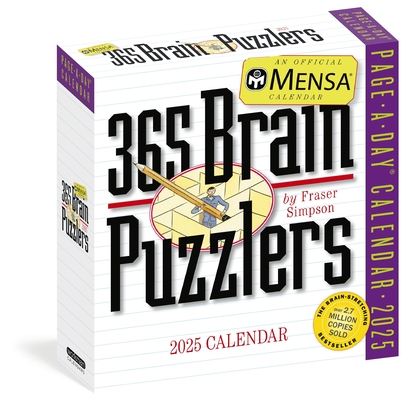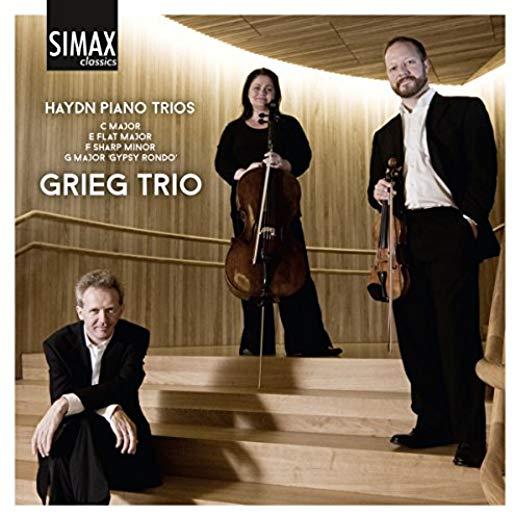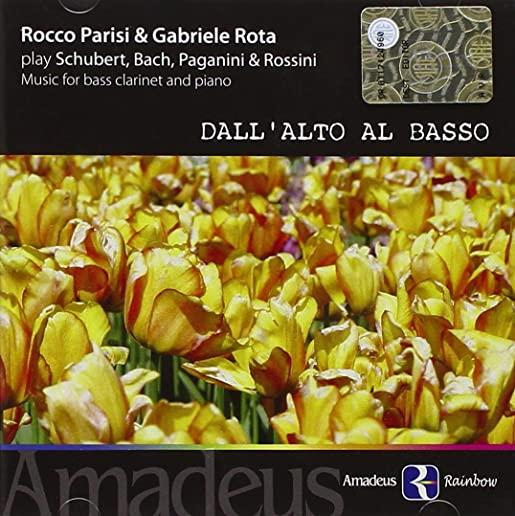
SYMPHONY NUMBER ONE
product information
Condition: New,
UPC: 1903940068460,
Publication Date: 11/13/2015,
Type: COMPACT DISC,
Style: CLASSICAL/CLASSICAL VOCALS,
description
tracks
Concerto For Flute And Harp, Kv 299: I. AllegroConcerto For Flute And Harp, Kv 299: II. Andantino
Concerto For Flute And Harp, Kv 299: III. Rondaeu: Allegro
Pavane
Symphony No. 1
notes
Symphony Number One presents its debut album! The Baltimore Sun has hailed the east coast’s newest chamber orchestra as, “a worthwhile addition to the scene.” This album includes three selections from Symphony Number One’s May debut in Baltimore, Maryland, including the world premiere of Mark Fromm’s first symphony.Mark wrote a few notes about his first symphony:
"I had three goals in mind while writing Symphony No. 1. The first was to compose about thirty minutes of music as one, large, single-movement work, rather than the expected four- (or three- or five-) movement symphony. (For myself as a composer, I find the movements of multi-movement works to feel either like separate unrelated pieces, or the division between movements feels arbitrary, artificial, and unnecessary.) Secondly, most of my music is programmatic (it usually has a non-musical title, story, or something it is “about”); I wanted my first symphony to be absolute music, free of associations. Lastly, I wanted to showcase as many different instrumental colors as possible within the chamber symphony setting. The piece is scored for: flute (doubling alto flute), oboe, English horn, soprano saxophone, basset horn (or alto clarinet), bass clarinet, bassoon, two horns, harp, and a string section consisting of four first violins, three seconds, three violas, two celli, and one double bass. Each of the woodwinds plays extended solos, often juxtaposing the same pitch on different instruments (middle C sounds very different when played on oboe compared to English horn, for example). The climax of the piece features a completely divided string section with all thirteen players playing different lines."
"In order to make sense of the enormous scale of writing a single-movement work of that duration, I employ a tactic used by Mahler in his fourth symphony: the piece opens with a memorable melody, then that melody disappears for most of the symphony, only to reappear in full force at the end. My Symphony No. 1 opens with an extended (ca. 3-minute) bassoon solo playing a high, introspective melodic line, which doesn’t reappear until twenty minutes later as a penetrating, soaring, forceful statement in the soprano saxophone. That melody then makes up the entirety of the last ten minutes of the piece."
"After the initial contemplative bassoon solo, the music turns dark and sinister, then raucous and incisive, all serving as a foil to the calmer opening. Through all these twists and turns, the interval of a major seventh (a large, dissonant interval) unites all the various melodies and harmonies. After the sax solo recalls the opening tune, the full ensemble echoes it in soaring melodies and undulating harmonies, eventually giving way to the lone double bass playing it, slow and melancholy. The celli, violas, and violins gradually join the bass, all playing the same melody but starting on different pitches and at different times, resulting in an eight-part canon that continually ascends into the highest register. The darkness of the first two-thirds of the piece has turned into brilliance that carries it to the end."
credits
Co-producer – Jordan Randall Smith
Conductor – Jordan Randall Smith
Leader – Nicholas Bentz
Producer – Dan Rorke
Recorded By – Dan Rorke
member goods
No member items were found under this heading.
Return Policy
All sales are final
Shipping
No special shipping considerations available.
Shipping fees determined at checkout.







